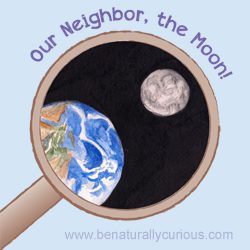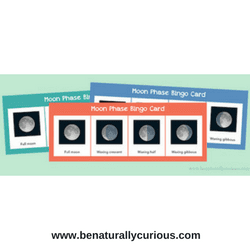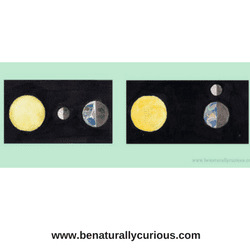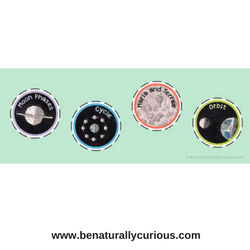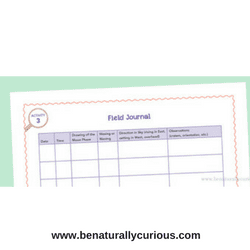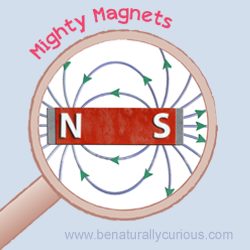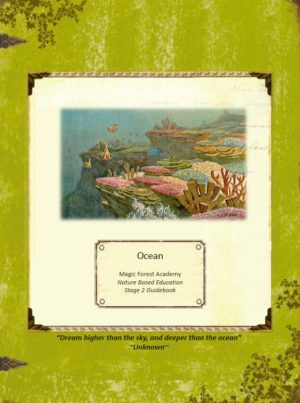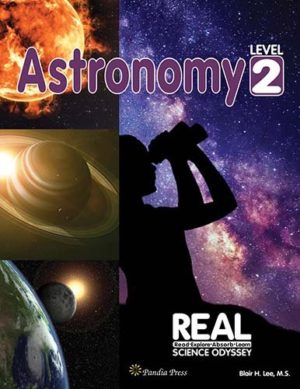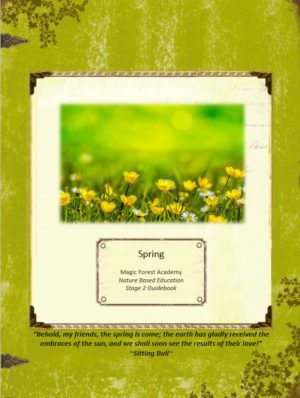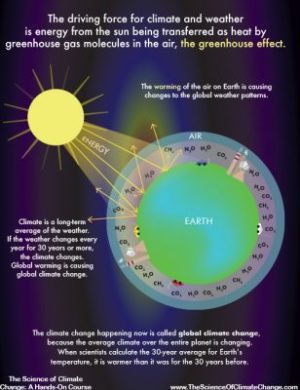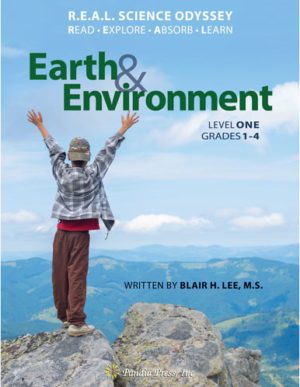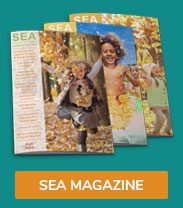Description
Does your child love to stare at the moon? Have you ever wanted to teach him or her about the phases of the moon, but find it to be a lot of memorization? In Our Neighbor, the Moon! from Be Naturally Curious, we help kids understand what is really happening behind those cool shapes in the sky. Kids learn that what we see on any given night is a combination of our line of sight and the relative positions of the earth, moon, and sun. As with all our mini-courses, these ideas are taught and reinforced by games, activities, and art projects that allow all types of learners to internalize the concepts. Once kids understand these fundamental concepts, they will be able to teach all their friends about what’s really going on with our closest neighbor in space!
Mini-course is provided as a 24-page PDF including a Science Tool Kit PDF to collect your badges.
Course Contents for Our Neighbor, the Moon!
- Story. A Tour with Selene. Let Selene, the Selenologist, teach you how the Earth and moon move with respect to each other and the sun. When this movement is combined with light from the sun, we see the moon differently from the Earth from one day to the next. Make sure to rotate and revolve with Selene!
- Activity 1. Orbit Around the Earth! Reenact the movement of the Earth and moon in this fun movement-based activity”make sure to call out the phases as you act them out!
- Activity 2. Cookie Phases. Once we really understand how the Earth and Sun are moving, it can be fun to just focus on the images we see from Earth. In this edible art project, kids can translate their new knowledge of three-dimensional objects to two-dimensional images.
- Activity 3. Be a Selenologist! One of the most important parts of being a scientist is making good observations. But when we are starting out, it sometimes hard to know what to look for. Use our included Field Journal page along with online resources to make observations of the moon where you live.
- Activity 4. Moon Phase Bingo. Let’s put it all together! In this movement-based card game, kids practice matching a three-dimensional situation with a two-dimensional moon phase image. Who will be the first to fill up their moon-phase bingo cards?
- Curiosity Connector. Check out these online resources to learn more about the surface of the moon and how it moves in space.
- Tools for Your Tool Kit. See if you can answer all the questions about the movement of the moon and how it is seen from the Earth.
- Glossary. Learn important scientific terms used to describe the moon and planetary movement.
Materials Needed for Our Neighbor, the Moon!
Light-colored ball, black marker, flashlight, paper, eight Oreo sandwich cookies, butter knife, colored pens, chalk, concrete for drawing (driveway, sidewalk, or playground), scissors, bingo card markers (e.g., pennies, pebbles, or poker chips), hat or pouch.

